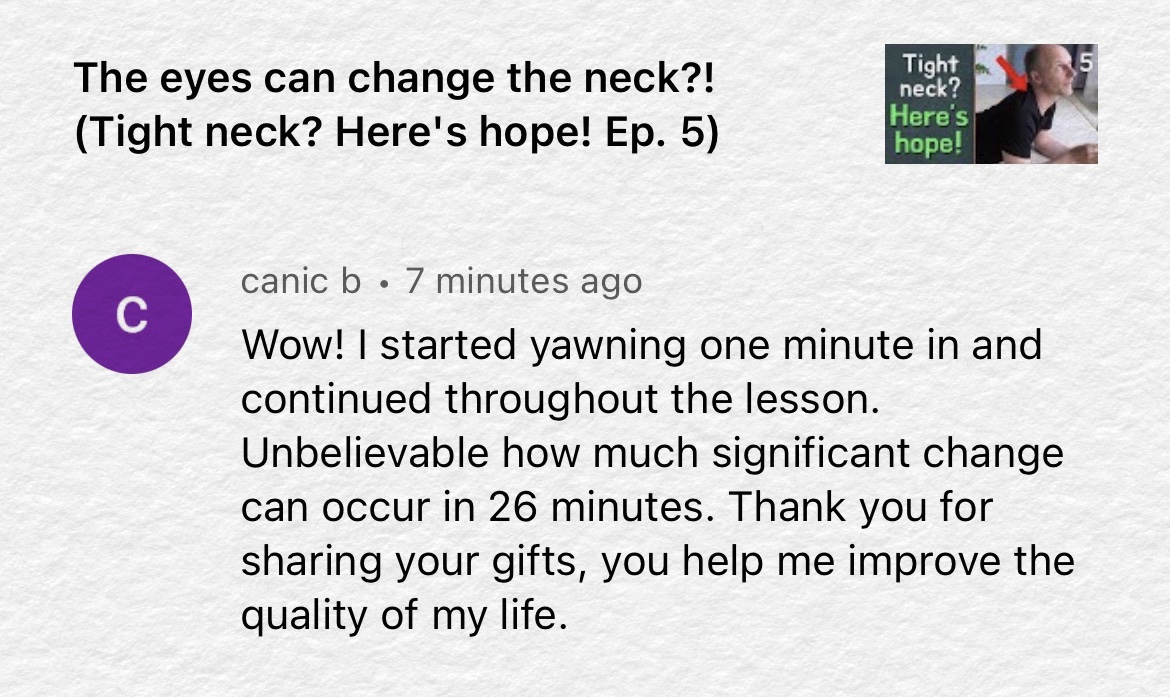I was looking at my Youtube Analytics and noticed that people are interested in how to sit down and get back up. Looking at my videos so far I think there’s a lot more to say.
So I spend an hour or two on Tuesday afternoon thinking about that. Had a nice evening in a coffee shop in the city, a book café where they have large bookshelves filled with books. Went to bed too late, around 1am.
Wednesday morning I woke up early, at 3:50am, and started to verbalise a couple of movements, an intro, and a lesson-learned kind of thing. At 5am I thought there’s no sleep and got up. I went through some of the movements I was thinking about physically. Made some voice notes. Uploaded a longer voice note to the website otter.ai for transcription. Read some of the transcription. Went back to bed at 7am.
I woke up feeling dead at 9am. Went down to the pool and community area to get some sunshine on my skin and do some more mini squats and other movements I could do in standing upright. I walked around like a zombie for two hours.
Finally I was able to film at 11am. I only wanted to do a 2 minutes long video, but filming took over an hour. Then I headed to Maison Marou, a coffee shop, and did some writing, the Ivermectin story from yesterday.
At 2pm my friend called. Her husband, my friend as well, needed help with their kids and with moving furniture.
I started editing the video at around 4pm. Still at my friends house. I was looking at a clear line of thought but discovered quite a few different movement concepts during editing. Good stuff, but too much for a short video. I saw the need to edit away a lot of things, while still keeping enough new ideas and useful concepts for the video to be great.
At 10:30pm I was still not finished. Two years earlier I would have kept going until I was finished. Maybe I’m wiser now, or just older. I didn’t want to ruin the entire next day in favour of a victory. I called it quits. Fell asleep shortly after midnight and woke up feeling a little bit better at 8am.
I was reflecting about the video and my editing. I was walking up and down in my living room, in my bedroom, in my bathroom, sitting down, getting up, sitting down, getting up. I was thinking about my friend yesterday who tried to do the squat down to sit but failed in his first attempt. In the last phase of his sitting-down he was falling backwards onto his seat, like everyone else.
I opened my Macbook and wrote a note for my next video:
Don’t panic when you sit down
With the mini squat you arrive at the front of your chair, not the back.
It’s when you target the back of the seat when problems arise: with balance, and needing assistance, and falling.
The same is true for getting up.
When you want to get up from the back of the chair that’s when problems arise: you need your hands, or you need to swing up, or run risk to fall back into the chair.
- You come down to sit on the front of the chair
- You come up from the front
- You rest on the back
Therefore you need a method to slide back and forth on the chair, or to walk your pelvis on the chair. For this you need lessons in side-bending in sitting…
—
I need to make another video with this new insight. But first I need to finish my video from yesterday. And I need to write this blog post.
Update: Here’s the link to the video
My friend said I need “staff”. I think I need “staff” and a studio. I don’t want to run a business via meetings in coffee shops. And I don’t want to bring “staff” into my small one bedroom apartment where I film in my small living room. Besides, I’ve always worked alone, I have no idea how to split my work. Anyways, first I need more viewers, more money, more regular income… when I want to invite someone to work for (or with) me I need to be able to promise stability.
It’s Thursday 10am and I’m at the coffee shop with a banana chocolate cookie, fresh orange juice, and a new blog post. First I’m going to finish yesterday’s video, then I’ll start the one I want to do today. I will think about the future some other day.







